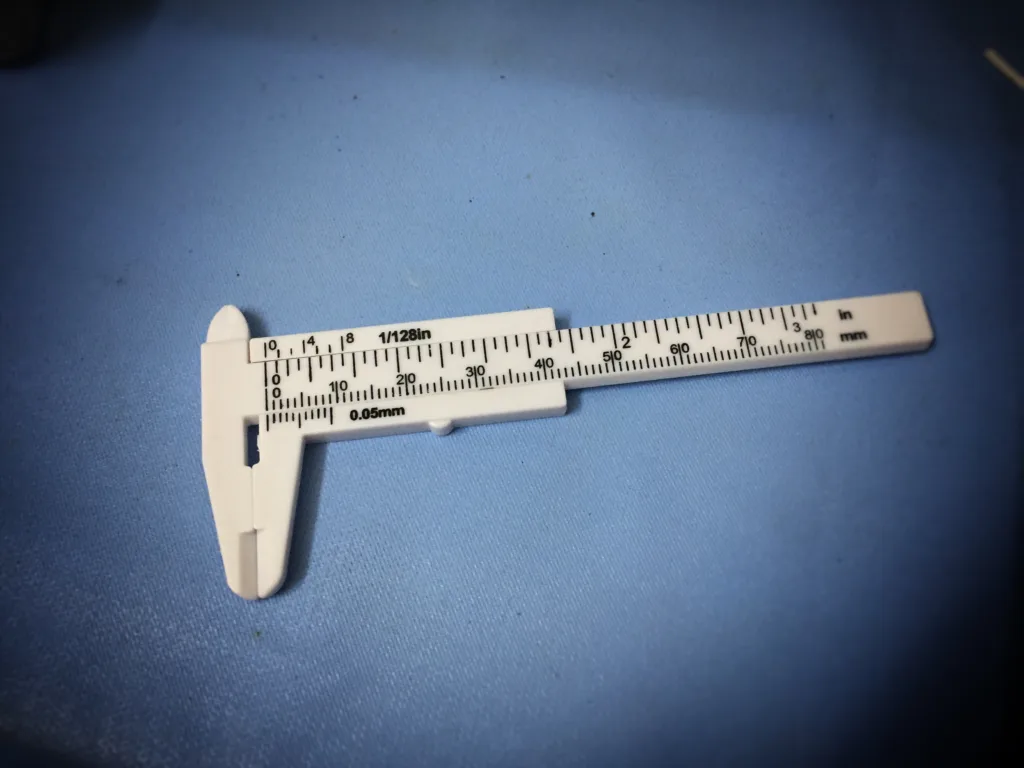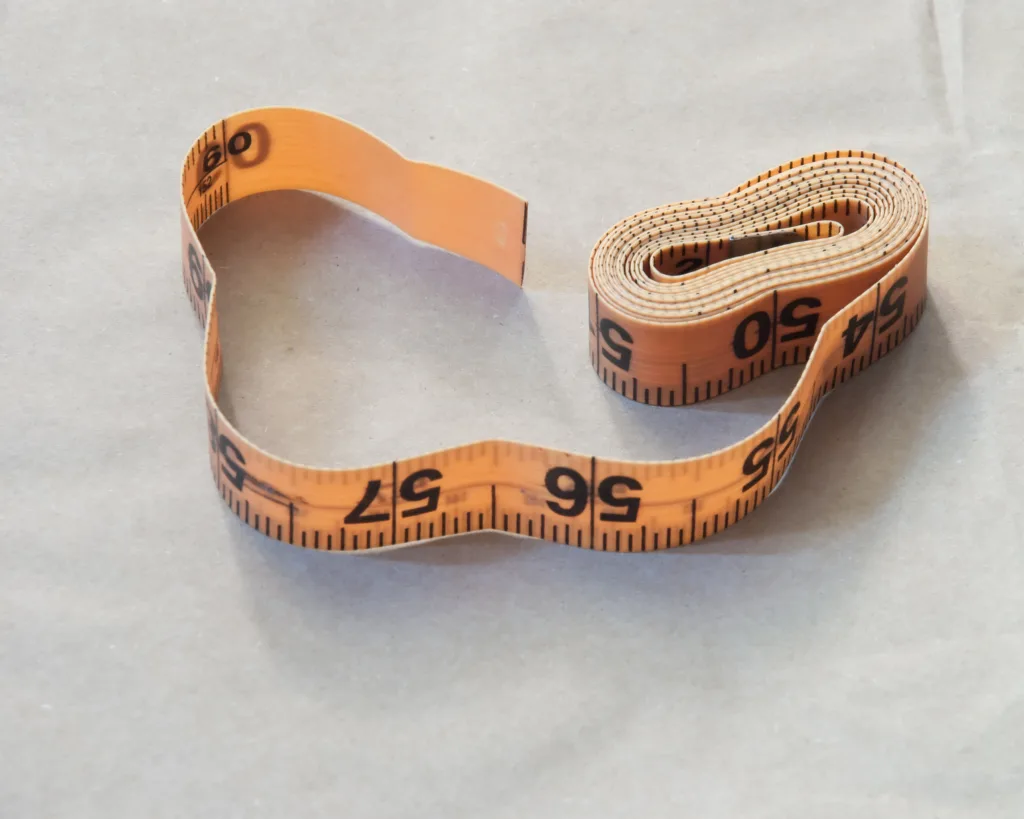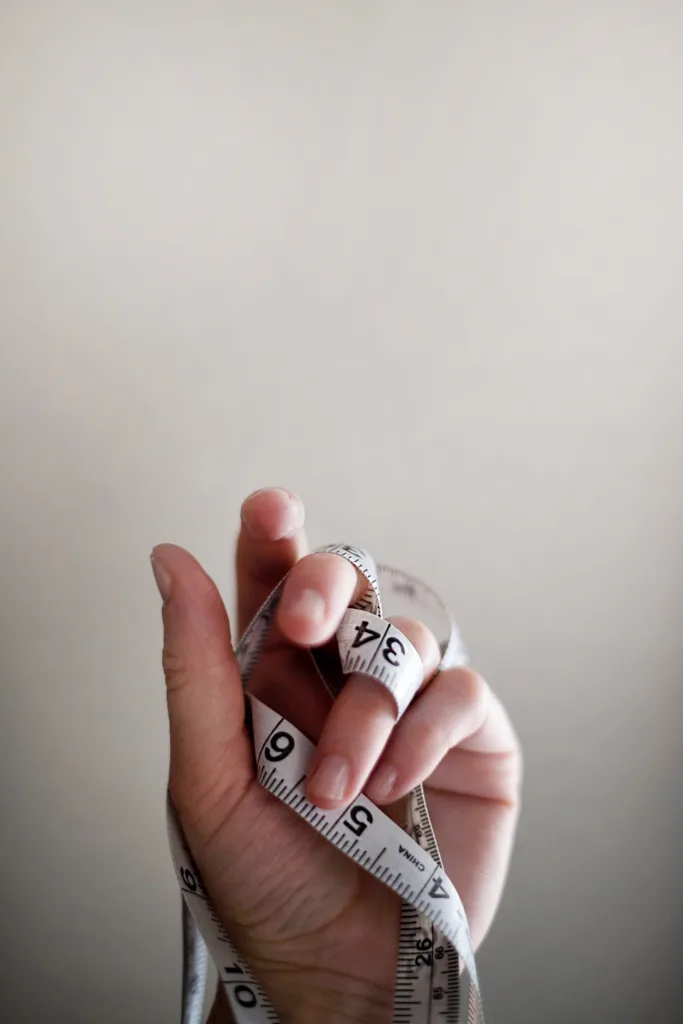Do you find youself confused when it comes to measuring in inches? You are not alone! Many people struggle with understanding what inches mean and how to use them in everyday life. In this blog post, we will explain what inches are, how to convert them to other units of measurement, and why it is important to know how to use them correctly.
Inches are a unit of measurement commonly used for length in the United States and other countries that use the Imperial system. One inch is equal to 1/12 of a foot or 2.54 centimeters. It is typically represented by the symbol “in” or double prime (″).
If you need to convert inches to other units of measurement, such as centimeters or meters, you can use simple conversion formulas. Here are some examples:
– To convert inches to centimeters: multiply the number of inches by 2.54. For example, 10 inches x 2.54 = 25.4 centimeters.
– To convert inches to meters: divide the number of inches by 39.37. For example, 50 inches / 39.37 = 1.27 meters.
Using inches correctly is important because it can affect the accuracy of your measurements. For example, if you are measuring a piece of wood for a home improvement project, using the wrong unit of measurement could result in cutting the wood too short or too long, leading to wasted materials and time. Inaccurate measurements can also affect the safety and functionality of the final product.
Understanding what inches are, how to convert them to other units of measurement, and why it is important to use them correctly can make a big difference in your everyday life. Whether you are measuring for a home improvement project or simply trying to understand the dimensions of a product, knowing how to use inches can save you time, money, and frustration.
Symbol for Inch
The symbol for inch is the double prime (″). It is important to note that this symbol is different from double quotation marks (”), straight quotation marks (“), or two single quotation marks in a row (”). The double prime is the universally recognized symbol used to denote inches in various fields such as science, engineering, and mathematics. It is commonly used in measurements and specifications for length, width, and height. Therefore, it is essential to use the correct symbol to avoid confusion and ensure accurate communication of measurements.

Symbol for Feet
The symbol for foot is commonly represented by the letters “ft” or with a single prime symbol (′). The prime symbol is often used as an abbreviation for feet in mathematical and scientific contexts, such as in equations or charts. It is important to note that the symbol for foot is distinct from the symbol for inches (″), which is also commonly used in measurement systems. The use of these symbols facilitates clear communication and accuracy in various fields that require precise measurements.
Symbols for Inches and Centimeters
The symbol for inch is a double quotation mark, also known as the double prime, whch looks like this: “. On the other hand, the symbol for centimeter is simply cm. It is a two-letter abbreviation for the word centimeter and is used to denote a length or distance that is measured in the metric system. It is important to note that these symbols are distinct and should not be confused with each other. The double quotation mark is used exclusively for inches, while cm is used exclusively for centimeters. By using these symbols correctly, one can accurately express measurements and avoid any potential confusion or misinterpretation.
Symbol for Centimeter
The symbol for cm is an abbreviation that represents the unit of measurement called centimetre or centimeter in the United States. The centimetre is part of the International System of Units (SI) and is used to measure length or distance. The symbol is written in lowercase letters with a small c and a small m, separated by a space. This unit of measurement is equivalent to one hundredth of a metre, whch means that one metre is equal to one hundred centimetres. The cm is widely used in science, engineering, and everyday life to measure small distances such as the length of a pencil, the width of a door, or the height of a person.
Writing 12 Inches
To write 12 inch, you simply write the number 12 followed by the abbreviation for inch, which is “in.” So, it would be written as “12 in.” This is a standard way to express a measurement of length in inches. It is important to note that the abbreviation for inch should always be written with a period after the “in” to distinguish it from the word “in” when it is used to indicate a location or position.

How to Write an Inch
An inch can be written in different ways, but the most commonly used symbol is “in” as defined by the International System of Units. However, traditionally, inches are denoted by a double prime symbol, which is often approximated by a double quote symbol. On the other hand, a foot is denoted by a prime symbol, which is often approximated by an apostrophe. Therefore, if you want to write a length of three feet and two inches, you can use the notation 3’2″, where the apostrophe represents the feet and the double quotes represent the inches.
Height Measurement of 5 Feet 7 Inches
To write 5 feet 7 inches, you first need to convert the feet to inches, as they are measured in different units. Since there are 12 inches in 1 foot, you can multiply 5 (feet) by 12 to get 60 inches. Then, you simply add the 7 inches to get a total of 67 inches. Therefore, you can write 5 feet 7 inches as 67 inches or 5’7″ in shorthand. The apostrophe represents feet and the double quotation mark represents inches.
Converting 5 Feet 1 Inch to a Written Form
When writing out 5 feet 1 inch, it is typically recommended to write it out as “five feet one inch.” This is the most commonly accepted and widely used format for expressing measurements of height in English.
It is important to note that when writing out measurements of height, it is generally preferred to use words rather than symbols. This helps to avoid confusion and ensure that the meaning of the measurement is clear.
In some cases, it may be approprate to use a hyphen to connect “five-foot-one-inch” if the measurement is being used as an adjective to describe something or someone. However, when used as a standalone measurement, it is generally best to write it out in full as “five feet one inch.”
Writing 8 Inches
To write 8 inches, you would use the symbol for inches, which is a double quotation mark (“). Therefore, you would write it as 8″. This symbol represents the unit of measurement for length, specifically one inch. It is important to use the correct symbol when writing measurements to avoid confusion and ensure accuracy in any calculations or conversions that may be required.

Source: thediyplan.com
Writing Inches in Short Form
Inches can be written in short form using the symbol of a double quotation mark (“), or by using the letters “in.” or “in”. The latter is an abbreviation of “inches”, where “in” is used to signify a single inch. It is important to note that thee is no plural form for the abbreviation of inches, and the letter form can be used for values greater than one inch. It is a commonly used unit of measurement in the United States, Canada, and the United Kingdom, and is used to measure length or distance. When writing measurements, it is important to specify the unit of measurement used to avoid any confusion.
Symbols of Measurement
The symbols of measurement are used to represent the units of measurement for different quantities. Some common symbols of measurement include meter (m) for length, kilogram (kg) for mass, second (s) for time, ampere (A) for electric current, kelvin (K) for temperature, mole (mol) for amount of substance, and candela (cd) for luminous intensity. These symbols are used internationally and are recognized by the International System of Units (SI), whch is the standard system of measurement used in science and engineering. Using symbols of measurement provides a concise and uniform way to express measurements, making it easier to communicate and compare data across different fields and regions.
Writing 1 cm
To write 1 cm, we use the abbreviation “cm”, which stands for centimeter. Centimeter is a unit of length in the metric system, which is commonly used in many countries around the world. It is equivalent to one-hundredth of a meter and is approximately 0.39 inches. Therefore, 1 cm represents a distance that is about the width of a fingernail or the thickness of a pencil lead. Writing measurements in standard units such as cm helps to ensure consistency and accuracy in scientific and mathematical calculations.
Symbolism of MM
The symbol MM stands for millimetre, which is a unit of length in the metric system. It is represented by a lowercase “mm” and is equivalent to one-thousandth of a metre, or 0.001 metre. This unit of measurement is commonly used in scientific and engineering applications, as well as in everyday situations such as measuring the thickness of paper or the diameter of small objects. The millimetre is also used in conjunction with other metric units, such as centimetres and metres, to express larger distances.

What Is the Measurement of 10 cm?
10 cm is called a centimeter. It is a unit of measurement in the metric system and is equivalent to one-hundredth of a meter. The centimeter is commonly used to measure small distances, such as the length of an object or the height of a person. It is also frequently used in scientific and mathematical calculations, as well as in everyday situations like measuring ingredients for recipes or determining the size of a piece of clothing.
Conclusion
The symbol for inches is the double prime (″), and not to be confused with double quotation marks or straight quotation marks. The foot, on the other hand, is symbolized by the single prime (′). These are units of length used in the Imperial and U.S. customary systems of measurement. When expressing values in centimeters, the symbol used is simply ‘cm’. It is important to note that the apostrophe and quotation mark are used to express feet and inches. it is crucial to use the correct symbols and units of measurement when conveying measurements accurately.
